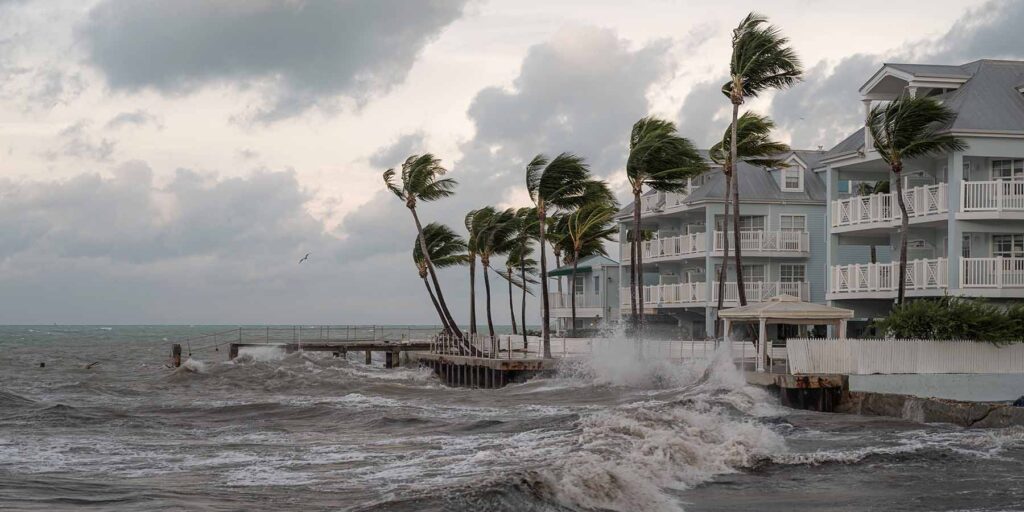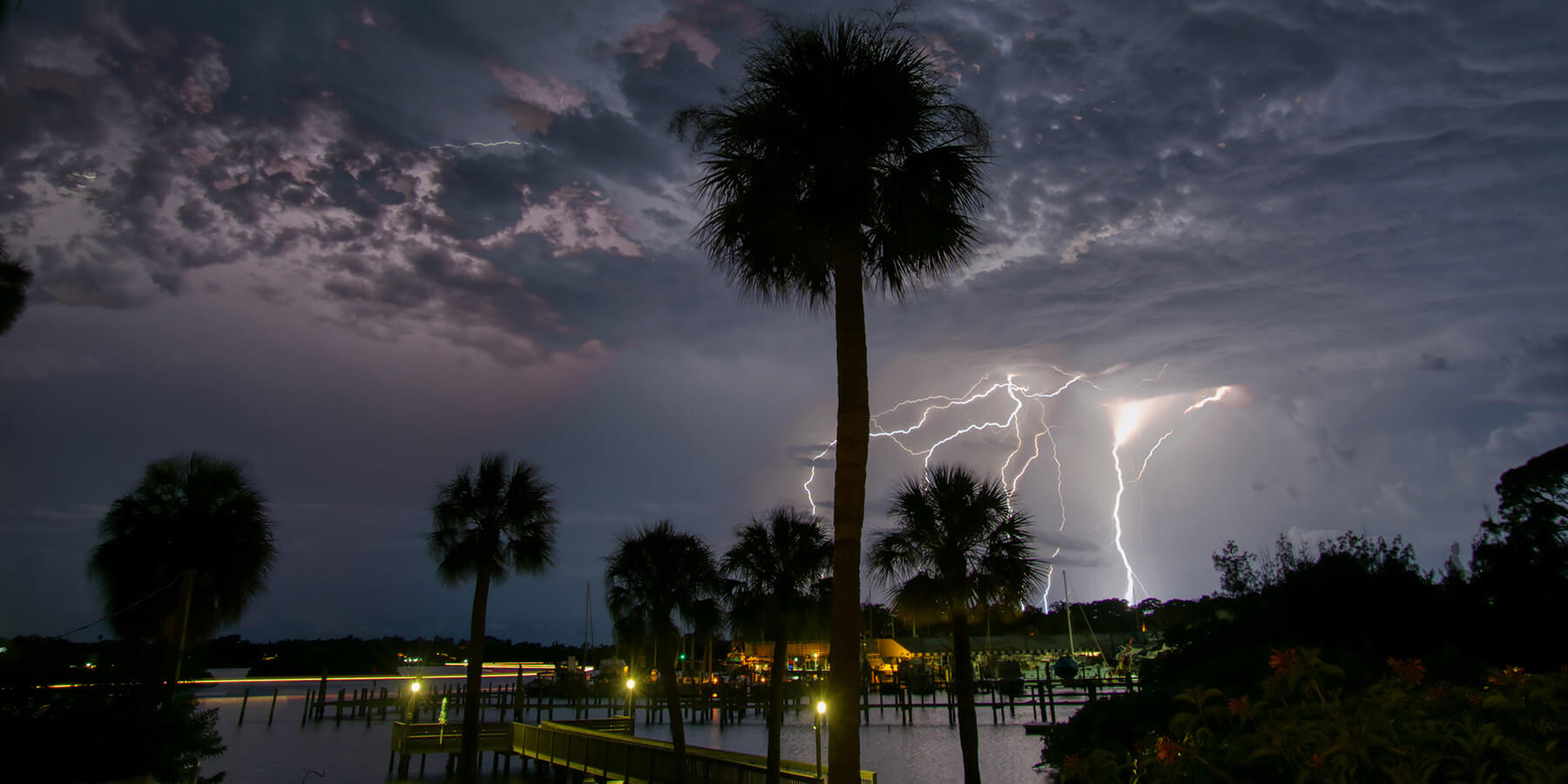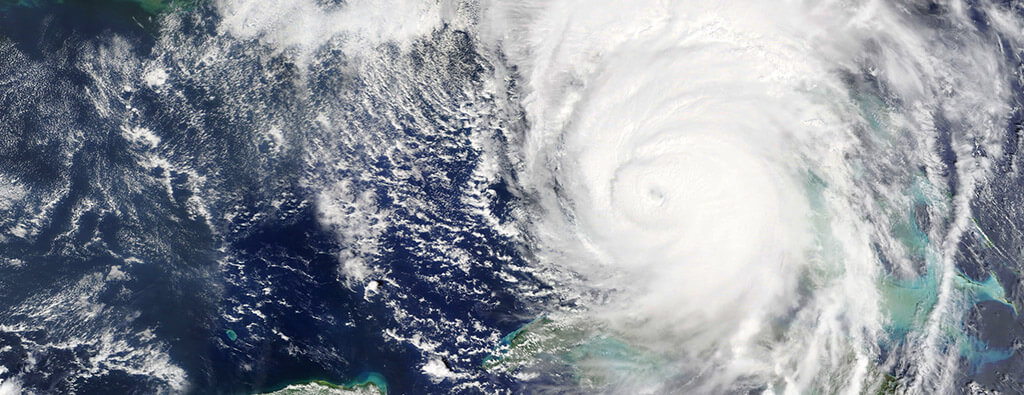Tracking tropical storms can be hard to predict. However, each storm, whether it makes landfall or not, contributes valuable insights into weather patterns and behaviors.
This year, as our series on potential storms for the 2024 Atlantic hurricane season continues, we focus on Tropical Storm Sara, a name that replaced the retired Hurricane Sandy due to the latter’s devastating impact in 2012. While Tropical Storm Sara is relatively new, its formation and characteristics are worth exploring to better understand preparedness and response strategies.
How Tropical Storm Sara Gets Its Name
Sara is the eighteenth name on the 2024 Atlantic hurricane season list, assigned by the World Meteorological Organization (WMO). The systematic naming of storms aids in efficient communication and preparation efforts. When the eighteenth storm formed and became a tropical storm, it received “Sara” as its official designation, per the National Oceanic and Atmospheric Administration’s (NOAA) protocols.
The History of the Name Sara
The name Sara replaced Sandy in the hurricane name list. Hurricane Sandy, notorious for its extensive destruction across the Caribbean and the U.S. East Coast, left a legacy that prompted the retirement of its name. According to NOAA, “Retiring a name actually means it cannot be reused for at least 10 years, to facilitate historic references, legal actions, insurance claim activities, etc. and avoid public confusion.”
Retiring names also serves as a reminder of the importance of continual learning and advancement in meteorological sciences to better predict and prepare for similar events in the future.
Elements Leading to the Formation of Tropical Storm Sara
The development of Tropical Storm Sara is attributed to several critical factors:
- Warm Ocean Temperatures: The energy required for storm formation largely comes from warm ocean waters. These conditions were present for Sara to begin the tropical storm lifecycle.
- Atmospheric Conditions: Low wind shear and high moisture levels create an environment conducive to tropical storm formation. These atmospheric elements affect how a storm gathers strength and moves across regions.
- Climate Patterns: Recent shifts in climate patterns play a role in the frequency and intensity of such storms. Understanding these patterns helps meteorologists provide timely predictions.
By analyzing these factors, we gain a clearer picture of how similar storms might form and behave, enabling better forecasting and risk mitigation strategies.
Anticipating Hurricane Sara
While Hurricane Sara has not yet formed, it’s intriguing to consider its potential in light of the characteristics and facts about hurricanes.
Understanding the categories, the eye of the storm, their lifespan, and the advancements in satellite monitoring can greatly enhance our preparedness and response to any impending storms, including Sara, should it develop.
- Categories: Hurricanes are categorized on a scale from 1 to 5, with Category 5 being the most severe, featuring winds over 157 mph.
- Eye of the Storm: The calm center of a hurricane is called the “eye,” often surrounded by the most intense winds and rain in the eyewall.
- Lifespan: Hurricanes can last from a few days to several weeks, depending on environmental conditions.
- Satellite Monitoring: Modern technology allows meteorologists to track hurricanes in real-time, improving prediction accuracy and safety measures.
Storm Preparedness Tips for Local Governments
Preparedness is paramount in minimizing the impacts of tropical storms. Here are some safety tips to help your community prepare:
- Create an Emergency Response Team: Set up a local government group trained to respond quickly to tropical storms for clear communication and teamwork during emergencies.
- Provide Safety Tips Prior to the Storm: Make residents aware of available resources to educate them on tropical storm preparedness, covering topics such as evacuation routes, safety protocols, and disaster recovery resources.
- Strengthen Infrastructure Resilience: Invest in upgrading drainage systems and flood barriers to minimize damage from heavy rainfall and storm surges, protecting local communities and infrastructure.
- Develop a Comprehensive Emergency Plan: Create a detailed action plan outlining roles and responsibilities for local officials, emergency services, and community organizations in the event of a tropical storm.
- Utilize Technology for Early Warning Systems: Implement advanced weather monitoring systems to provide real-time updates and alerts to residents for timely responses to approaching storms.
Preparing for the 2024 Hurricane Season
While Tropical Storm Sara just formed, its potential to strengthen as the eighteenth storm on the 2024 hurricane season list reminds us of the unpredictable nature of the Atlantic hurricane season. Continuous updates and proactive measures are essential to stay informed and prepared.
For more resources, visit our Hurricane Resource Center. Access expert advice, preparedness tips, and comprehensive guides to help with safety throughout the 2024 hurricane season.



